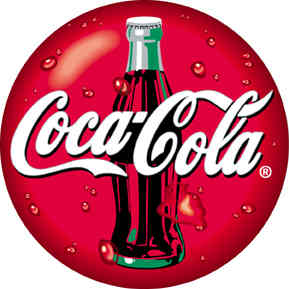
Some experts estimate that you have an initial 15 seconds – maybe 20 – to hook and hold your audience as you start your presentation.
And with a kaleidoscope of modern-day distractions, you face an uphill battle. In that short window of less than a minute, while they’re sizing you up, you must blast into their minds.
Get them über-focused on you and your message and you can gain incredible personal competitive advantage.
So how do you go about hooking and reeling in your audience in those first crucial seconds?
Start your Presentation with Explosives
Think of your message or your story as your explosive device. To set it off properly, so it doesn’t fizzle, you need a detonator.
This is your “lead” or your “grabber.”
Your “hook.”
This is your detonator for blasting into the mind.
This is a provocative line that communicates to your listeners that they are about to hear something uncommon. Something special.
Start your presentation with this provocative line, and you create a desire in your audience to hear what comes next. The next sentence . . . and the next . . . until you are deep into your presentation and your audience is with you stride-for-stride.
But they must step off with you from the beginning. You get them to step off with you by blasting into the mind.
“Thank you, thank you very much . . .”
You don’t blast into the mind with a stock opening like this:
“Thank you very much, Bill, for that kind and generous introduction. Friends, guests, associates, colleagues, it’s a real pleasure to be here tonight with so many folks committed to our cause, and I’d like to say a special hello to a group of people who came down from Peoria to visit with us here this evening, folks who are dedicated to making our world a better place, a more sustainable world that we bequeath to our children and our children’s children. And also a shout-out to the men and women in the trenches, without whose assistance . . .”
That sort of thing.
Folks in your audience are already checking their email. In fact, they’re no longer your audience. And you’ve heard this kind of snoozer before, far too many times.
Why do people talk this way? Because it’s what they’ve heard most of their business lives. You hear it, you consider it, you shrug, and you think that this must be the way it’s done.
You come to believe that dull, monotone, stock-phrased platitudes comprise the secret formula for giving a keynote address, an after-dinner speech, or a short presentation.
You believe that a listless audience is natural.
Not at all! The key is to do a bit of mind-blasting as you start your presentation!
Mind-Blasting
You must blast into their minds to crack that hard shell of inattention. You must say something provocative, but relevant. You must grab your listeners and keep them. You must arrest their attention long enough to make it yours.
Something like this:
“The gravestone was right where the old cobbler said it would be . . . at the back of the overgrown vacant lot. And when I knelt down to brush away the moss and dirt, I could see my hand trembling. The letters etched in granite became visible one by one. My breath caught when I read the inscription–”
Or this . . .
“There were six of them, my back was against the hard brick wall, and let me tell you . . . I learned a hard lesson–”

Or this . . .
“I was stupid, yes stupid. I was young and impetuous. And that’s the only excuse I have for what I did. I will be ashamed of it for the rest of my life–”
Or this . . .
“At the time, it seemed like a good idea . . . but then we heard the ominous sound of a grinding engine, the trash compactor starting up–”
Or this . . .
“She moved through the crowd like shimmering eel cuts the water . . . I thought that she must be a special woman. And then I knew she was when she peeled off her leather jacket . . . and, well–”
You get the idea. Each of these mind-blasters rivets audience attention on you. Your listeners want to hear what comes next. Of course, your mind-blaster must be relevant to your talk and the message you plan to convey. If you engage in theatrics for their own sake, you’ll earn the enmity of your audience, which is far worse than inattention.
So craft an initial mind-blaster to lead your audience from sentence to sentence, eager to hear your next one.
And you will have succeeded in hooking and holding your listeners in spite of themselves for outstanding personal competitive advantage.
For more on how to start your presentation, consult The Complete Guide to Business School Presenting.

















